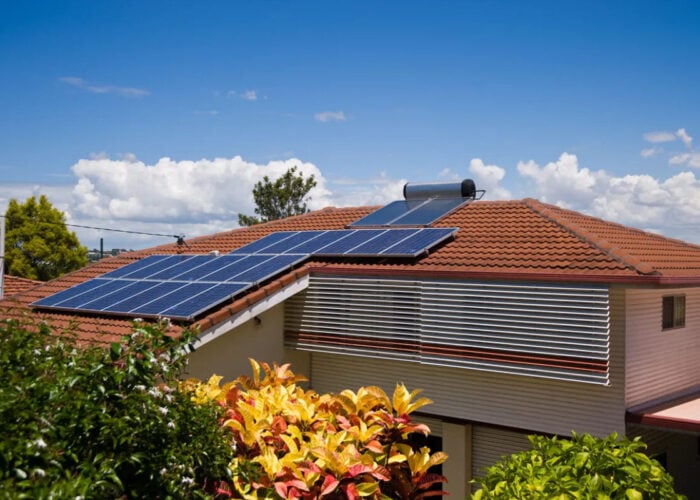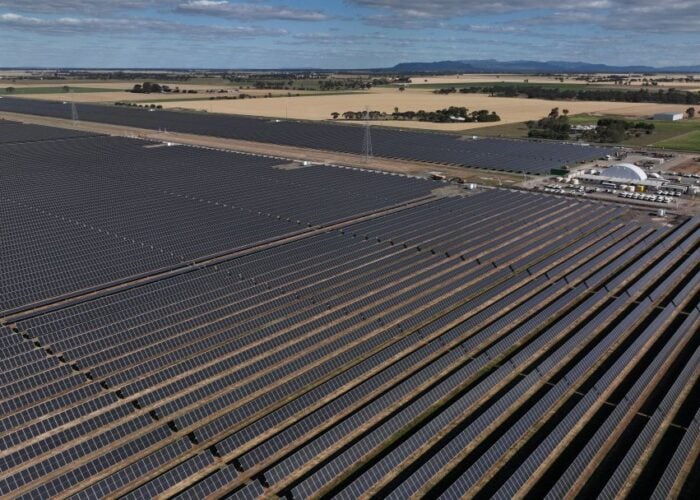
The Australian Energy Market Commission (AEMC) will maintain for now the controversial Marginal Loss Factor (MLF) regime despite repeated calls for reform from the renewables industry, it emerged today.
Calculated annually by the Australian Energy Market Operator, the MLFs – used to predict losses of power as it flows through the network to customers – are seen in the industry as a make-or-break revenue multiplier for electricity projects.
Try Premium for just $1
- Full premium access for the first month at only $1
- Converts to an annual rate after 30 days unless cancelled
- Cancel anytime during the trial period
Premium Benefits
- Expert industry analysis and interviews
- Digital access to PV Tech Power journal
- Exclusive event discounts
Or get the full Premium subscription right away
Or continue reading this article for free
The MLFs are not tradeable, meaning developers cannot hedge against them unlike in nodal markets. When a developer establishes a plant in an attractive transmission location, every rival that follows suit undermines its MLF and makes the charge impossible to predict. Interviewed by this publication for a recent PV Tech Power feature, the managing director of FRV Australia likened the MLFs to a “black box”.
The renewables industry has pushed the rulemaking body for some time to replace MLFs with 'average loss factors,' which they say will be easier to predict and fairer to new generators.
However, in a decision published on Thursday, the AEMC said it would uphold the MLF framework because the averaging approach favoured by renewables players would shift the costs on to consumers and generators installed in places where losses were lower.
Kane Thornton from the Clean Energy Council slammed the decision in a statement on Thursday. “While the industry welcomes debate and analysis of alternative reforms, simply retaining the current regime is deeply problematic and undermines the energy transition underway in Australia,” he said.
“We had expected that the AEMC would consider how losses could be shared by generators in a way that presents less volatility and more manageable risk, without increasing consumer costs or ignoring transmission losses,” Thornton added.
Transmission loss regime could prompt investor exodus
A consortium of investors that counts John Laing, Macquarie Group, Innogy, Blackrock and Neoen and represents about AU$11 billion (US$16.7 billion) of investment has warned that lack of reform to the framework will cause private investment to leave Australia.
Last September, the investor coalition told the commission that unpredictable year-on-year MLF rating swings of over 20% each year have materially impacted revenues.
Adani Green Energy – the instigator of the rule review in November 2018 – said in October that it would put further investment in Australian renewables on hold until the nation's transmission issues were resolved. Its 65MW Ruby Run solar farm in Queensland waited seven months to get grid-connected after construction was completed.
UK-based infrastructure investor John Laing has also put investment in Australian renewables on ice. It reported a write-down of £66 million (US$85 million) on three projects due to changes in MLFs last year.
Investment in large-scale renewable energy in Australia halved last year, according to the CEC.
The feature examining the state-of-play of Australian solar was part of PV Tech Power's Volume 21, which you can subscribe to here






